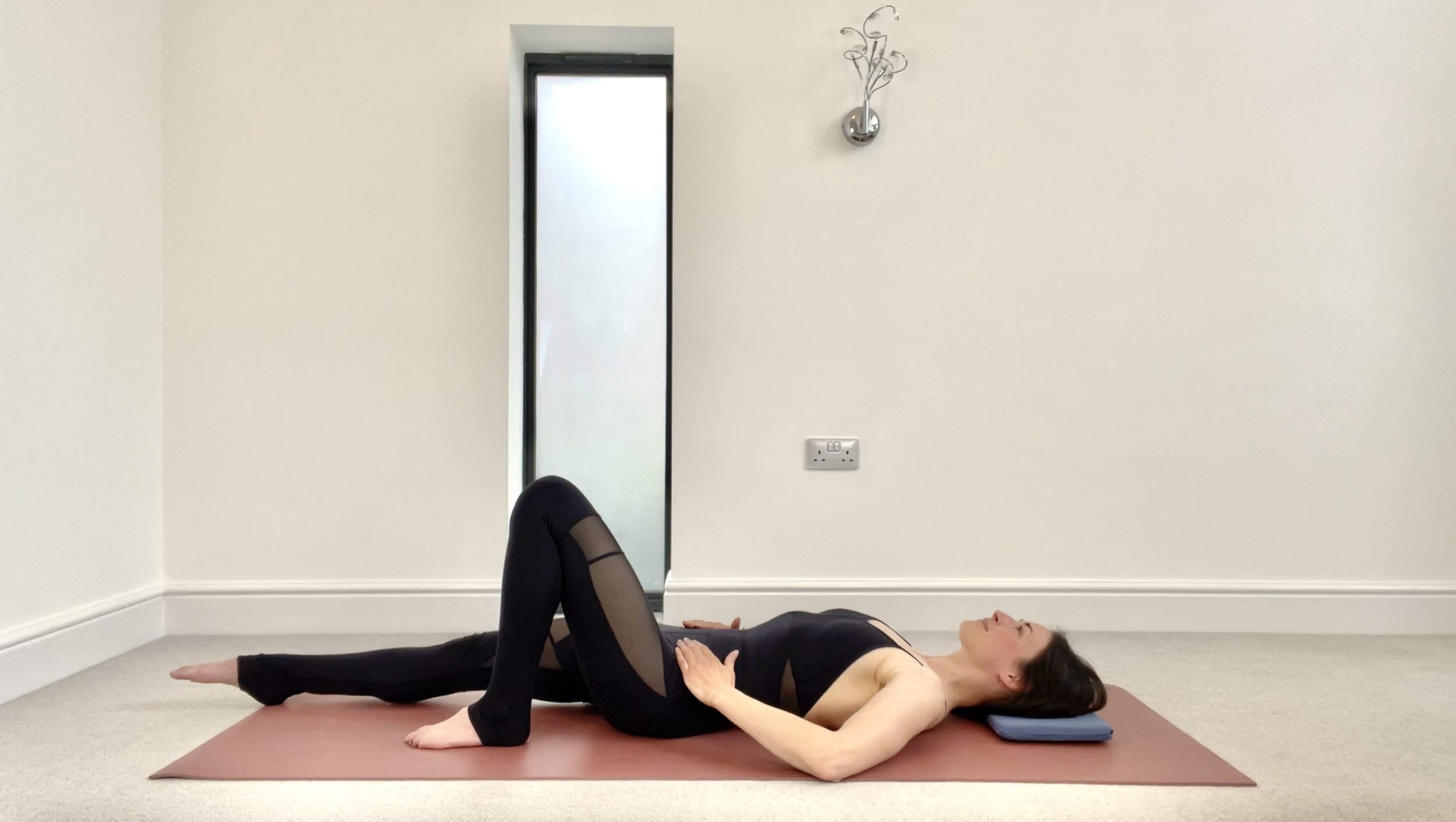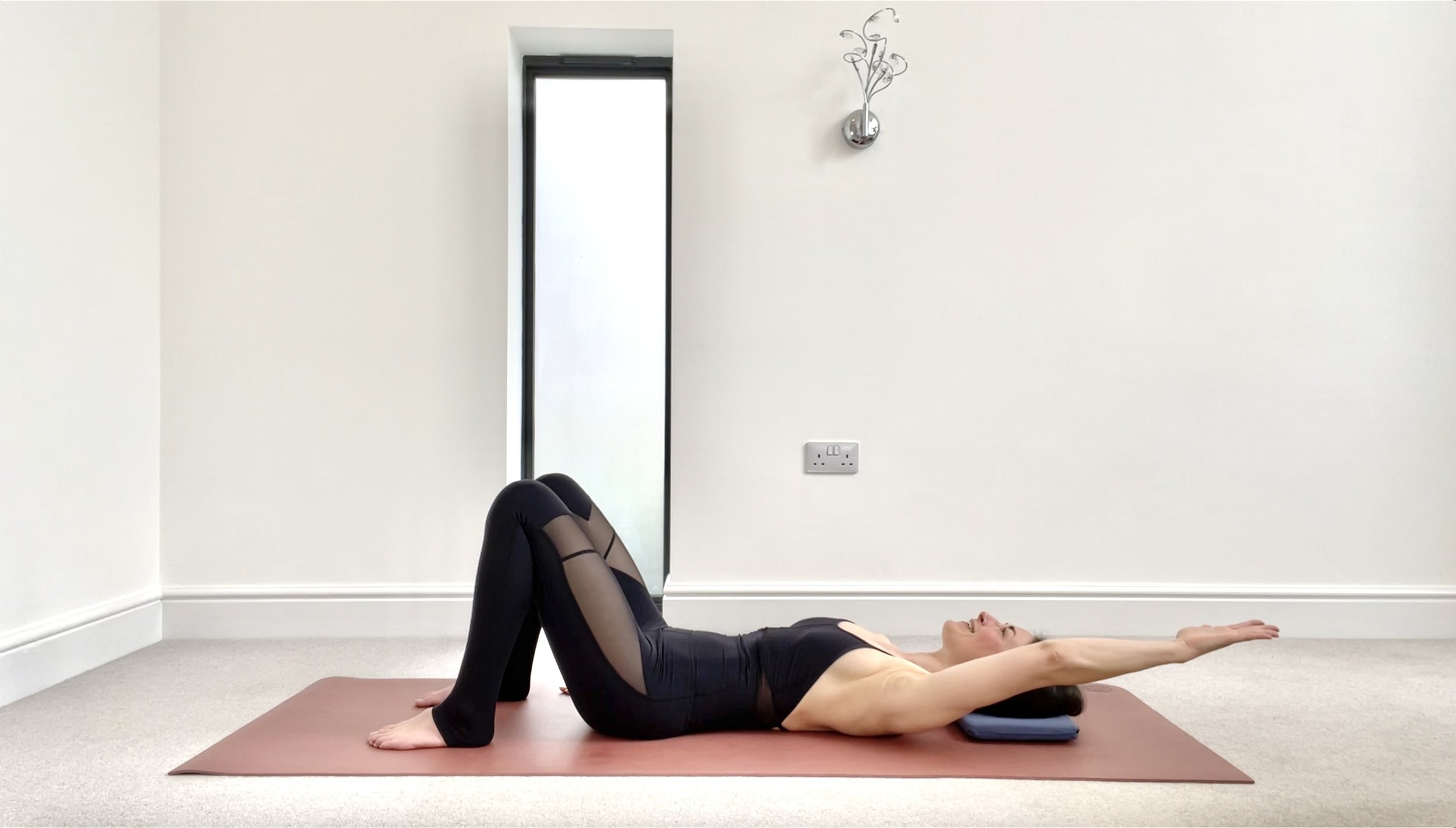The Benefits of Pilates for Postpartum Women
Amidst the whirlwind of diaper changes, feeding schedules, and sleepless nights, it's crucial to find moments of peace and prioritize your own well-being. Your body has just accomplished the miraculous feat of bringing life into this world, and now it needs time to recover and heal. Pilates is a holistic approach to support your physical recovery while nurturing your mental well-being.
Pilates is an excellent exercise method for new mums seeking to regain their strength, improve their overall well-being, and promote a healthy postnatal recovery. This article explores the various benefits of Pilates for postpartum women, from strengthening the pelvic floor and repairing diastasis recti to improving posture, boosting mood, and rebuilding abdominal separation. Incorporating Pilates into your postpartum fitness routine can provide numerous advantages that will help you on your journey to a stronger, healthier, and more confident you.
Strengthening the Pelvic Floor for Enhanced Wellness
One of the primary benefits of Pilates is its focus on strengthening the pelvic floor muscles. Pregnancy and childbirth can significantly weaken these muscles, leading to issues such as urinary incontinence and pelvic organ prolapse. Through targeted exercises, Pilates helps rehabilitate and rebuild the pelvic floor, improving bladder control and overall pelvic health. By strengthening these essential muscles, new mums can regain stability, support, and confidence in their bodies.
Improving Diastasis Recti: Restoring Abdominal Strength
Diastasis recti, the separation of the abdominal muscles that commonly occurs during pregnancy, can be effectively addressed through Pilates. This exercise method targets the deep core muscles, including the transverse abdominis, to help repair and close the separation. Pilates incorporates specific exercises that engage and strengthen the abdominal muscles while promoting proper alignment and breath control. By focusing on diastasis recti repair, Pilates aids in restoring abdominal strength and tone, contributing to a flatter and more functional core.
Aiding in Postnatal Recovery: Repairing and Rebuilding
Pilates is renowned for its ability to support and accelerate the recovery process after childbirth. By engaging in controlled and low-impact movements, Pilates helps repair and rebuild the body’s strength and flexibility. The gentle yet effective exercises promote blood circulation, which aids in healing and reduces postpartum discomfort. Furthermore, Pilates targets multiple muscle groups simultaneously, allowing new moms to regain overall strength, endurance, and mobility as they transition through their postnatal journey.
Improving Posture and Preventing Back Pain
The physical demands of pregnancy and caring for a newborn can take a toll on a new mom’s posture. Pilates can be instrumental in improving posture by targeting key muscles responsible for spinal alignment and stability. The exercises focus on strengthening the deep abdominal muscles, back extensors, and glutes, which play vital roles in maintaining proper posture. By enhancing core strength and alignment, Pilates helps prevent back pain and promotes a more balanced and upright posture.
Boosting Mood and Confidence: Nurturing the Mind-Body Connection
Pilates offers not only physical benefits but also psychological ones. Engaging in regular exercise releases endorphins, which are natural mood boosters. The mindful and focused nature of Pilates creates a sense of relaxation, reduces stress, and improves overall mental well-being. As new mums regain strength and witness positive changes in their bodies, their confidence and self-esteem also receive a significant boost. The mind-body connection nurtured through Pilates allows for a holistic approach to postnatal recovery and a positive outlook on the transformative journey of motherhood.
Repairing Abdominal Separation: Rediscovering a Stronger Core
Abdominal separation, also known as diastasis recti, can be a common concern for postpartum women. Pilates offers specific exercises that address this issue by targeting the deep core muscles. By engaging the transverse abdominis and other abdominal muscles, Pilates helps repair and close the separation, promoting a stronger and more functional core. The controlled and precise movements in Pilates ensure that the abdominal muscles are properly activated without putting excessive strain on the weakened connective tissue. With consistent practice, Pilates can aid in repairing abdominal separation and restore a flatter and more toned midsection.
Focusing on Stability, Balance, and Coordination for Strong Joints
Pilates goes beyond core strengthening and extends its benefits to the entire body. The exercises emphasize stability, balance, and coordination, which are essential for overall joint health. By engaging the muscles around the joints, Pilates helps improve joint stability and mobility. This can be particularly beneficial for new mums who may experience joint discomfort due to hormonal changes and the physical demands of caring for a baby. Through controlled movements and targeted exercises, postpartum Pilates promotes strength and flexibility in the joints, enhancing overall functional fitness.
In conclusion, Pilates offers a myriad of benefits for postpartum women. From aiding in diastasis recti recovery to improving pelvic floor stability and hormone imbalances, Pilates targets specific postpartum concerns. Moreover, it promotes total-body alignment, enhances awareness of the post-baby body, and helps prevent issues like lower-back pain and shoulder and neck tension. Additionally, Pilates accelerates the healing process, reduces urinary incontinence, promotes weight loss, boosts energy levels, and relieves stress. With its focus on cardiovascular fitness, abdominal toning, and self-care, Pilates provides a holistic approach to postpartum well-being. By prioritizing alignment, posture, and self-care, Pilates equips postpartum women with the tools they need to restore their physical and mental health, enabling them to embrace their new roles with confidence and vitality.









